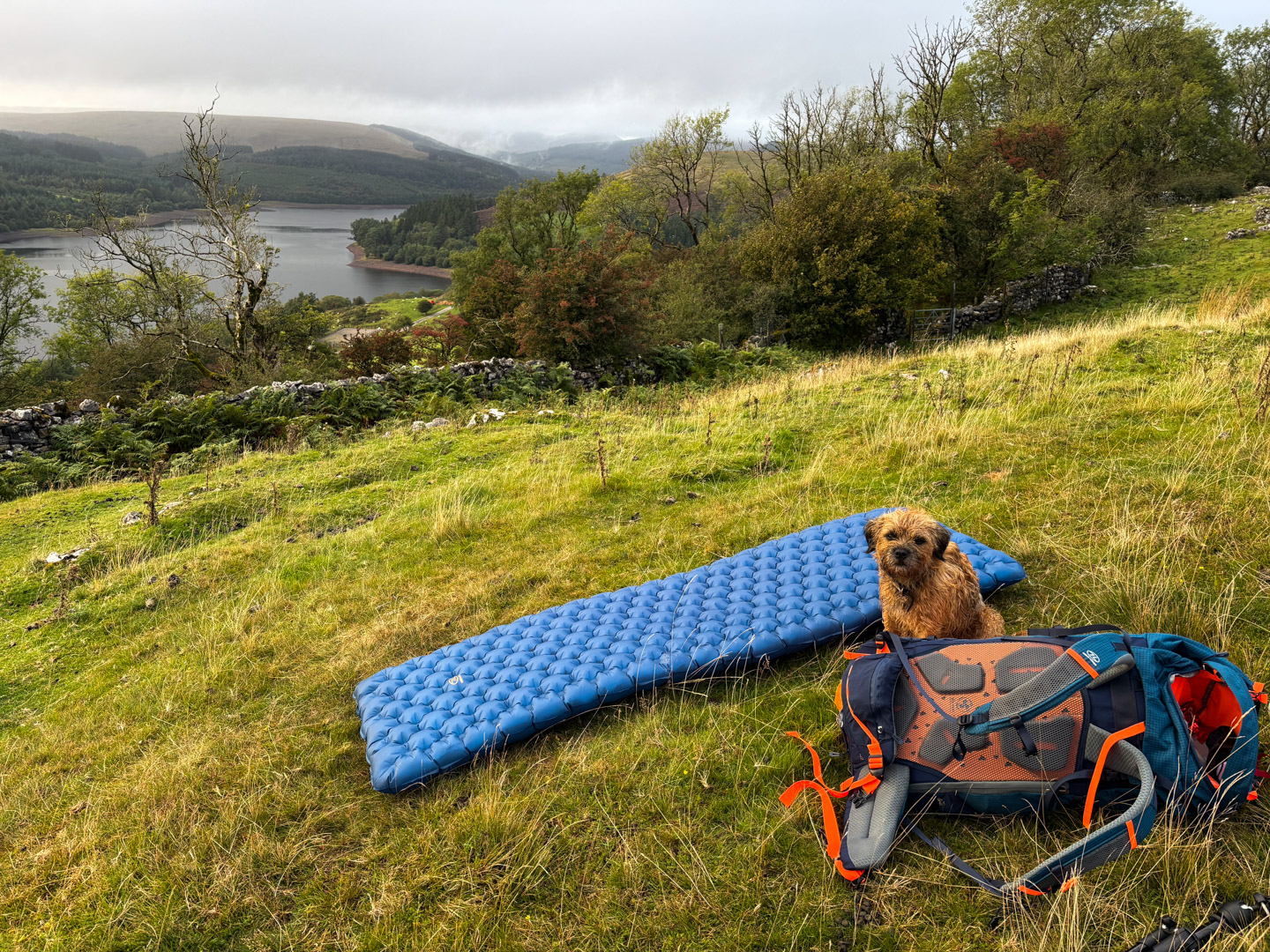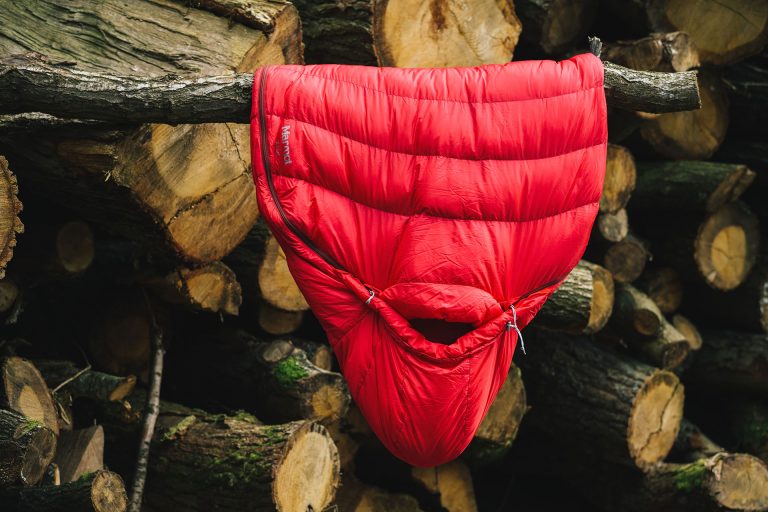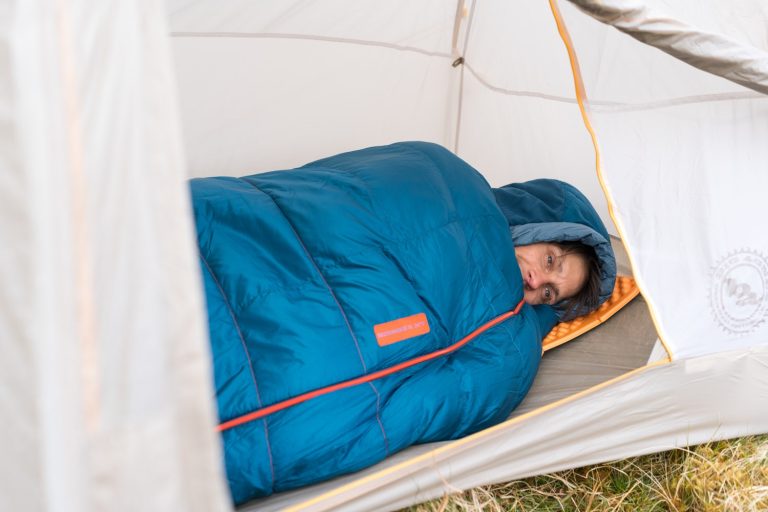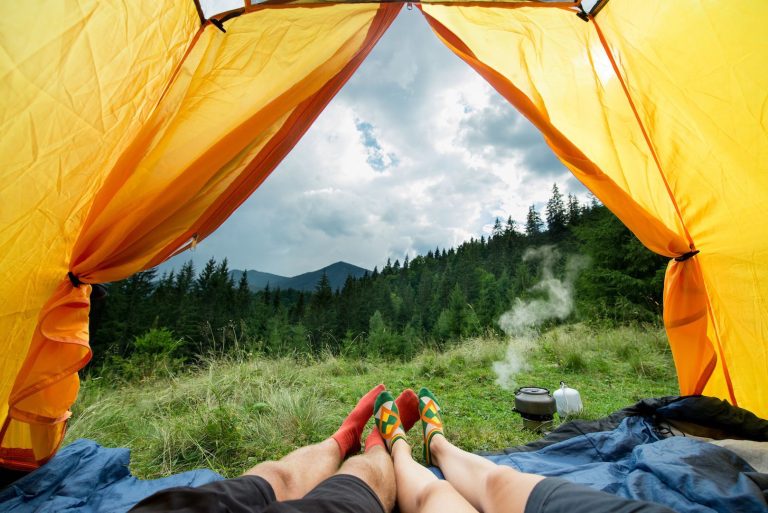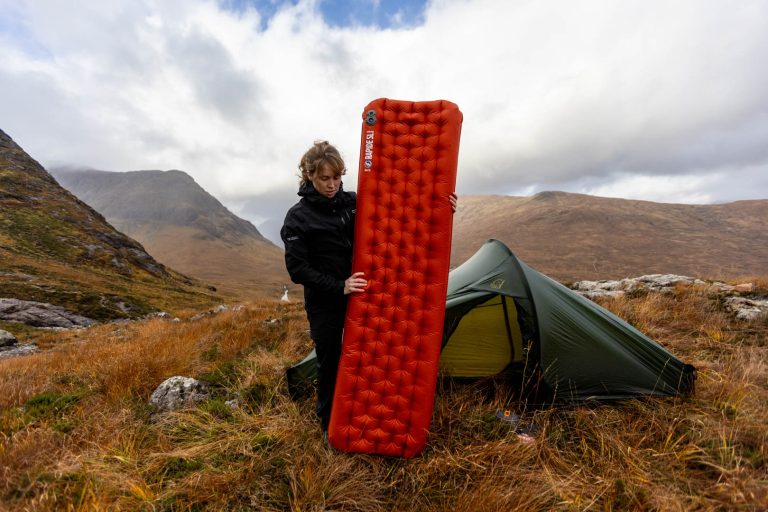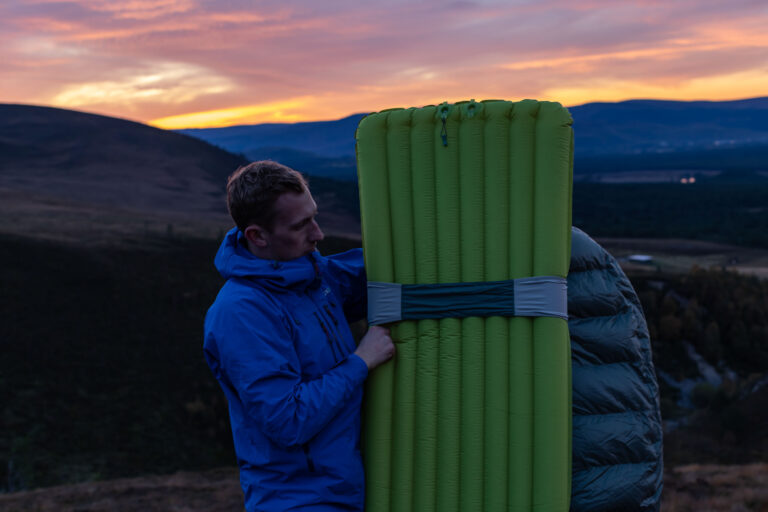With sleeping mats, there always seems to be a trade-off somewhere: warm but heavy, light and packable but flimsy and cold, high-spec but expensive. Will there ever be a mat that can strike that perfect balance? Enter the Highlander Nap-Pak Arctic Air.
On paper this sleeping mat sounds almost too good to be true. It has a light weight of just 900g, plush cushioning of 10 cm, a phenomenal R-value of 11 (making it suitable for winter camping) and then a very fair price tag of £100. What’s the catch? I’ve been able to test this out, admittedly not in sub-zero conditions just yet, but during some pretty cold autumn Welsh mountain weather, and there really doesn’t seem to be any catch here.
Highlander Nap-Pak Arctic Air: The Top Line
From my experience with this, this is a mat that’s light and packable enough that I’d be happy to use it for summer backpacking trips, but its R-value of 11 makes it warm enough for winter too. At £100 I think this is a very strong contender for being the best value winter-rated sleeping mat on the market – with the big added bonus that it’s light and packable too.
Pros: Very good value, ticks a lot of boxes, warm enough for winter use but light enough for summer.
Cons: Slow to inflate without electric pump or pump sack (both purchased separately).
Buy the Highlander Nap Pak Arctic Air: £99.99 at Highlander-outdoor.com
Inflation and Packability
This has a one-way valve that can be fully opened up for rapid deflation. You can also press it down to adjust the mat’s pressure. I’d strongly advise purchasing either one of Highlander’s Wee Banshee electric pumps or their pump sack as this does take a bit of effort to inflate with breath alone – it’s also not good for the mat as internal moisture can turn to mildew. I’ve found the Wee Banshee to be an excellent bit of kit – it had my mat fully inflated in less than a minute and it doubles as a handy camping lantern too.
It’s easy to pack this away into its stuff sack. My technique has been to roll it up quickly from one end to squeeze most of the air out. I then unroll it, fold one side into the middle of the mat, then fold the other side in before rolling the whole thing up from the bottom. All packed up, it’s about the size of a small loaf of bread.
Insulation
Generally, any mat with an R-value of over 5 will be suitable for winter camping in the UK. Highlander give this an R-value of 11, which indicates that it will be suitable for extreme cold conditions, including high-altitude mountaineering and winter camping on snow and ice.
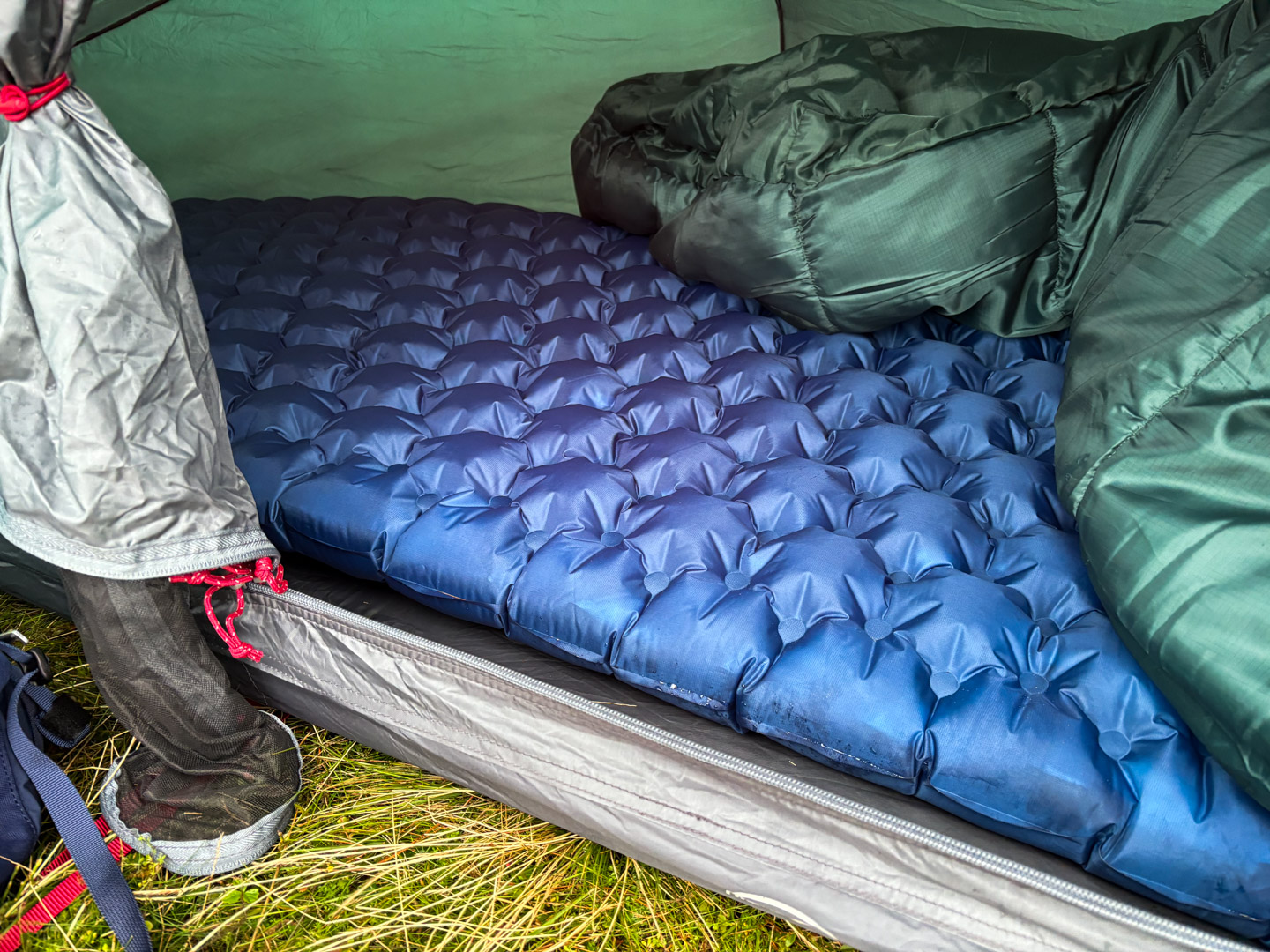
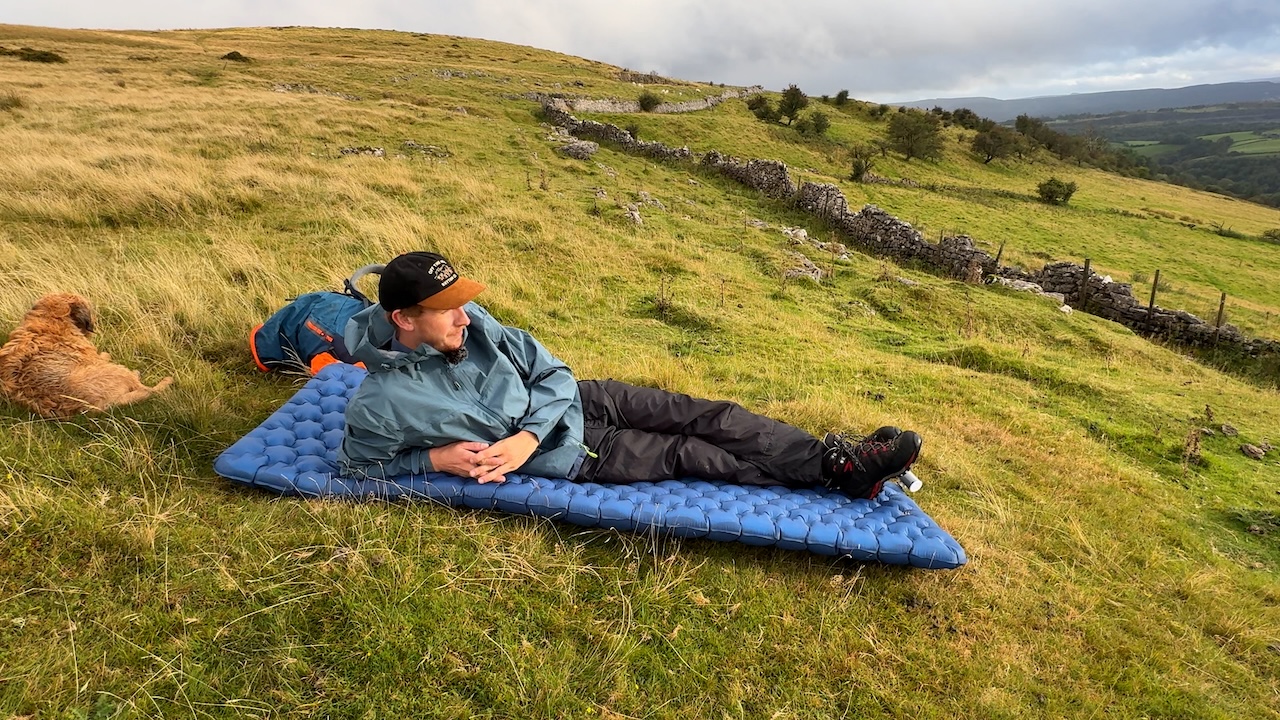
There are two factors that contribute to this warmth. Firstly, it uses interlinked air cell baffles in a honeycomb structure. From my experience, this type of construction distributes weight evenly, it’s stable at the edges and it insulates well because the small pockets of trapped air reduce convection, minimise cold spots, and maintain even loft under pressure. The bigger factor in this mat’s insulation, however, is the three layers of aluminium film inside which reflect your body heat directly back at you while also totally blocking out the cold from the ground.
Related: Highlander Munro Jacket V2 review
Some mats that use film for insulation can make crinkly, rustly noises, like sleeping on a crisp packet. Fortunately, that’s not the case here. You can hear a slight bit of rustling but it’s very quiet and certainly not loud enough to be annoying.
Durability
As this weighs just 900g and is made using 20-denier shell fabrics, this mat sits within the ultralight category and, like all ultralight mats, you do need to take a degree of care with it to ensure you don’t puncture it. For perspective, I’ve been happy for my sharp-clawed border terrier to climb all over this and I was able to use it outside of my tent on a grassy hillside, but I’d be hesitant to use it on gravel or on anywhere there’s a risk of spiky vegetation being around.
Comfort
This keeps you a generous 10cm off the ground so it’s pretty plush. I haven’t had any instances where my hip has come into contact with the ground, and I’ve found I can sleep comfortably on it whether that’s on my back, side, or on my front. 10cm might be a little high for some tents with low ceilings, especially if you’re fairly tall yourself. I had no issues using this with the Highlander Refuge which has a 90cm ceiling (I’m 5 foot 10).
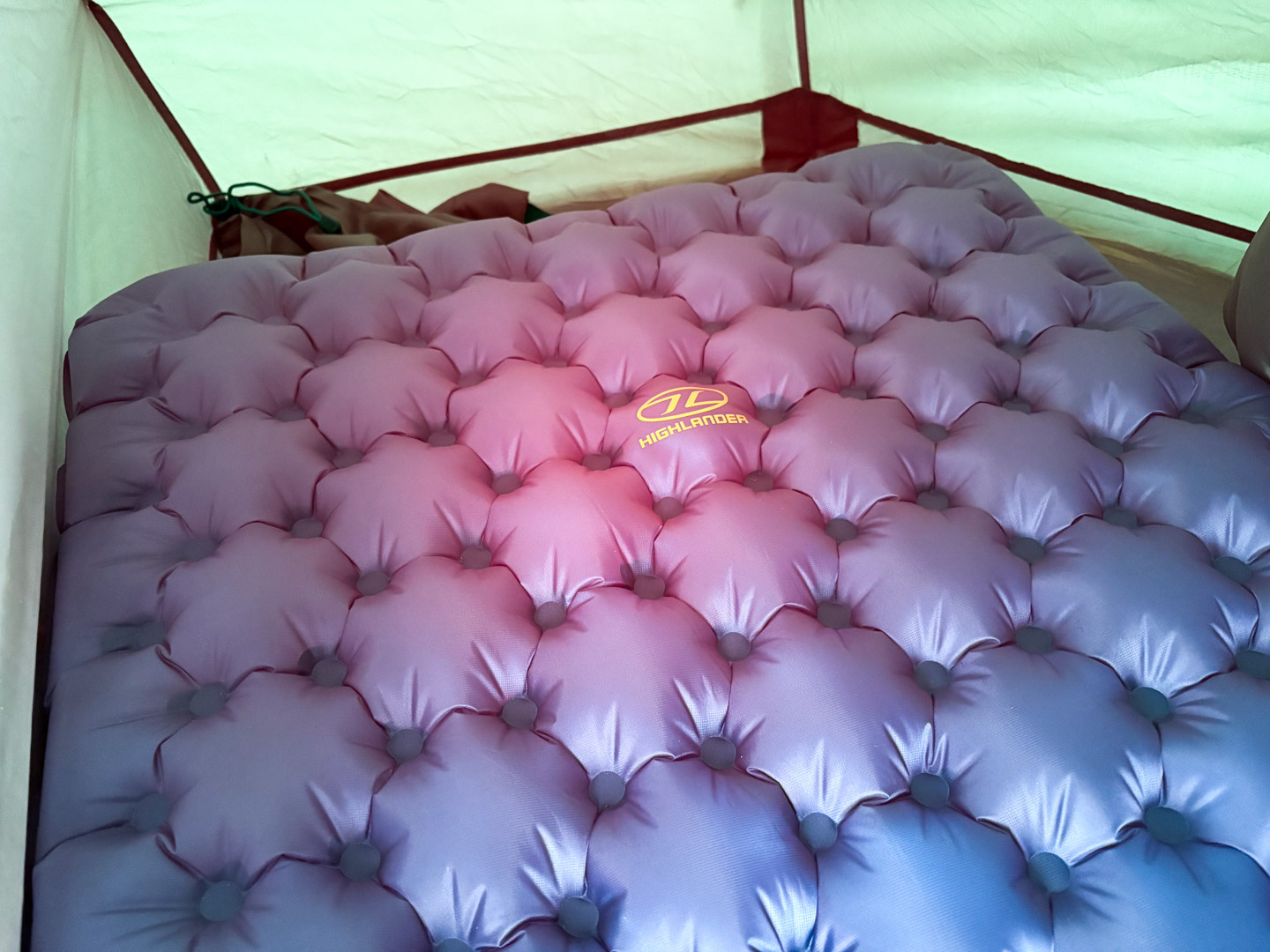
The rectangular shaping gives you plenty of sprawling-out space and I found it fitted nicely into the one-person tents that I tried it with. Two of these might be a little too big for some of the smaller two-person tents out there but I’ve been informed by Highlander that they’ll also be releasing a narrower, tapered version. This might be out by the time you’re reading this.
Verdict
This is just a first look so I can’t give a full verdict on the winter performance of the Highlander Nap Pak Arctic Air Mat (I’ll try to update this when I’ve managed to spend a few sub-zero nights on it). What I can say is that it ticks a lot of boxes and strikes a great balance in terms of warmth, weight, packability, and comfort. All in all, I think it offers great value for money. You don’t get many technical lightweight sleeping mats that come in at under £100 – let alone any that offer four-season performance.
Price: £99.99
Weight: 900g
Buy the Highlander Nap Pak Arctic Air: £99.99 at Highlander-outdoor.com

